
How well can you spot illegal wildlife trade products?
How well can you spot illegal wildlife products?

How well can you spot illegal wildlife products?
One among these images is an illegal wildlife trade product. Can you spot the one?
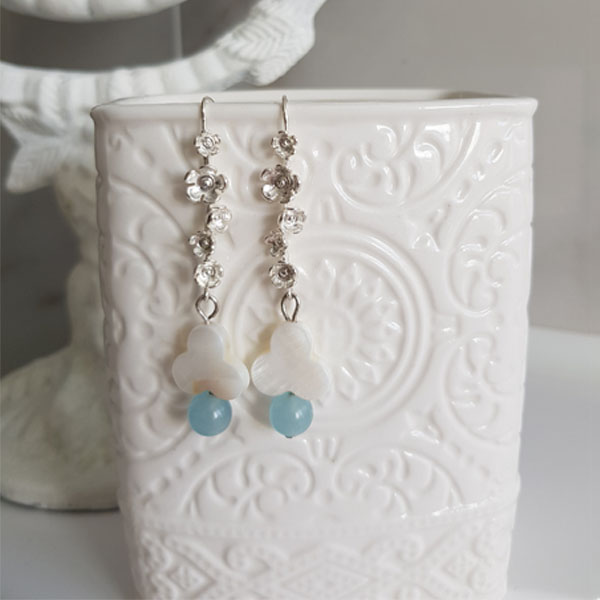
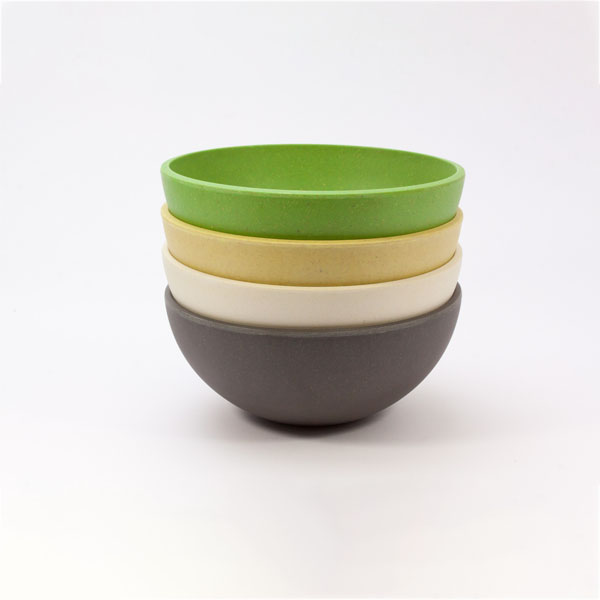
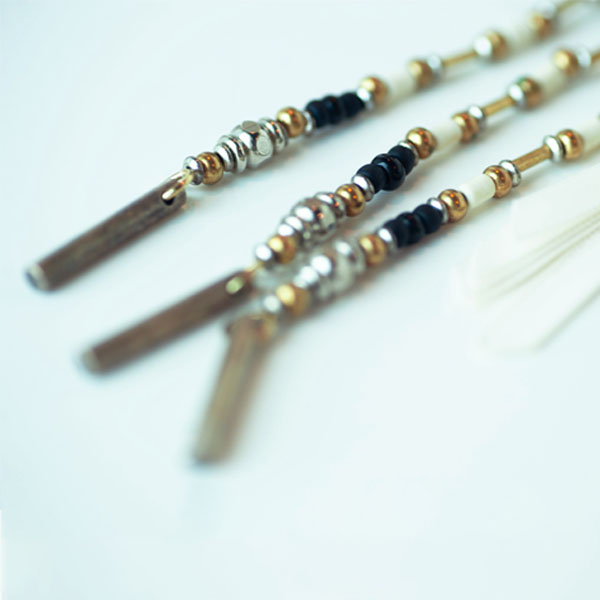
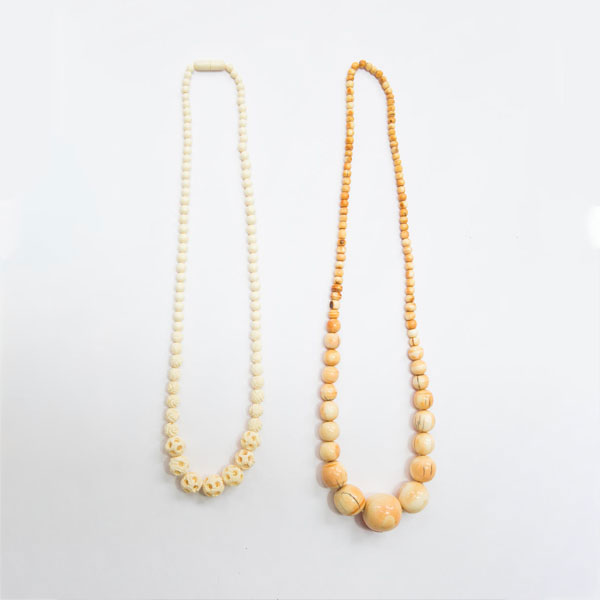
This necklace is made of elephant ivory!
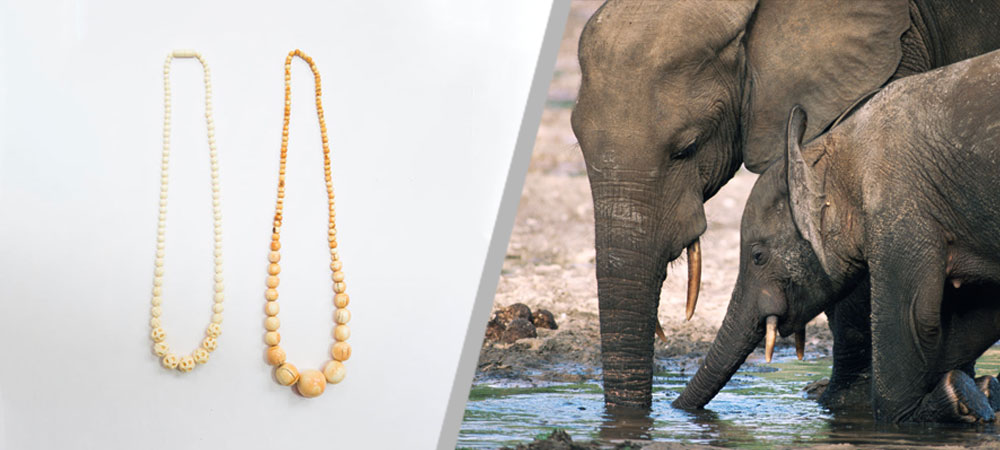
Almost 20,000 African elephants are killed each year for their ivory—that's an average of 55 a day!
Poachers are often armed with weapons, making them dangerous for the anti-poaching teams who put their lives on the line to protect elephants.
Photo credit © James Aldred
One among these images is an illegal wildlife trade product. Can you spot the one?




These shoes are made from pangolin scales!

Pangolins are believed to be the world's most trafficked mammal, accounting for one-fifth of all illegal wildlife trade. Over a million are estimated to be killed in the last decade.
They are frequently declared as food or other products during customs clearance!
Photo credit: ©Roland Seitre
One among these images is an illegal wildlife trade product. Can you spot the one?
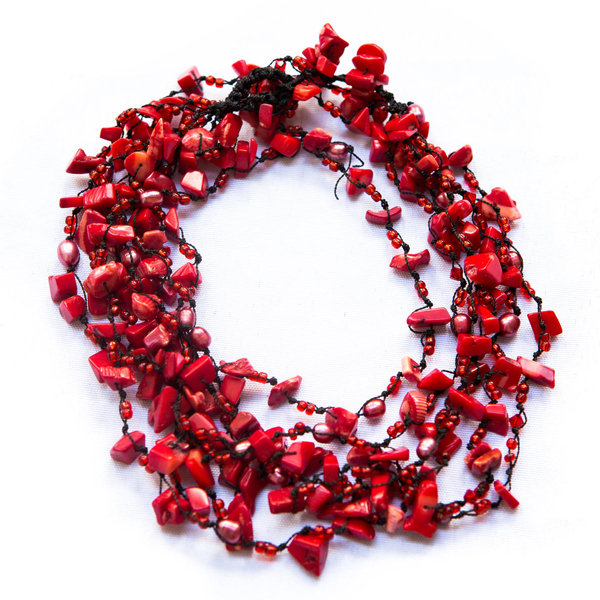

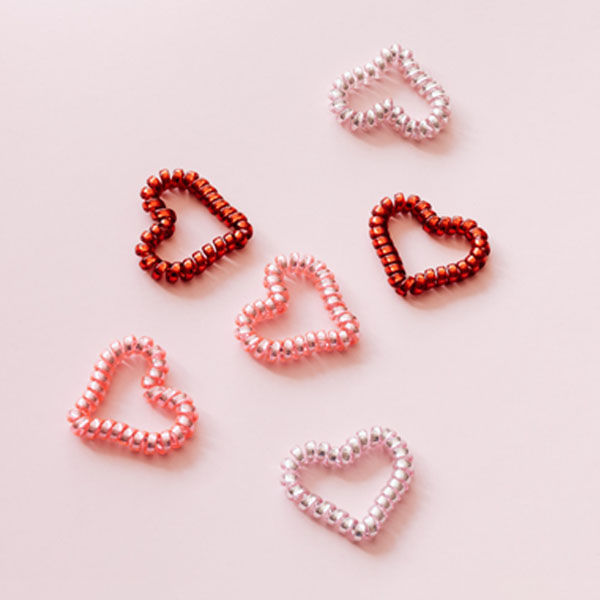
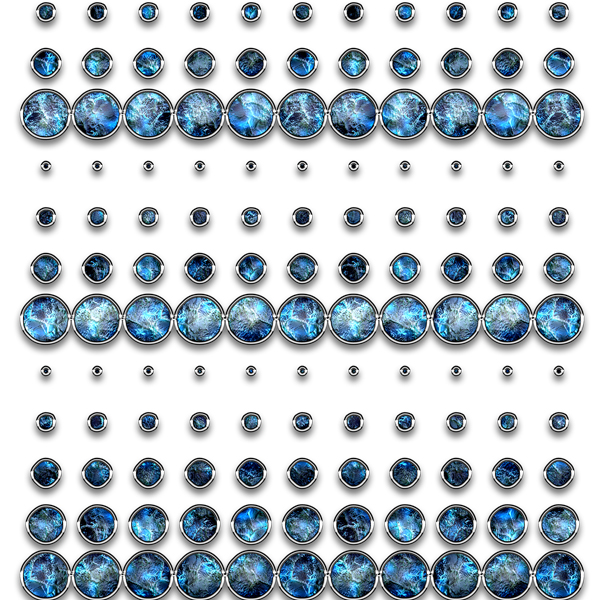
These necklaces are made of dead corals!
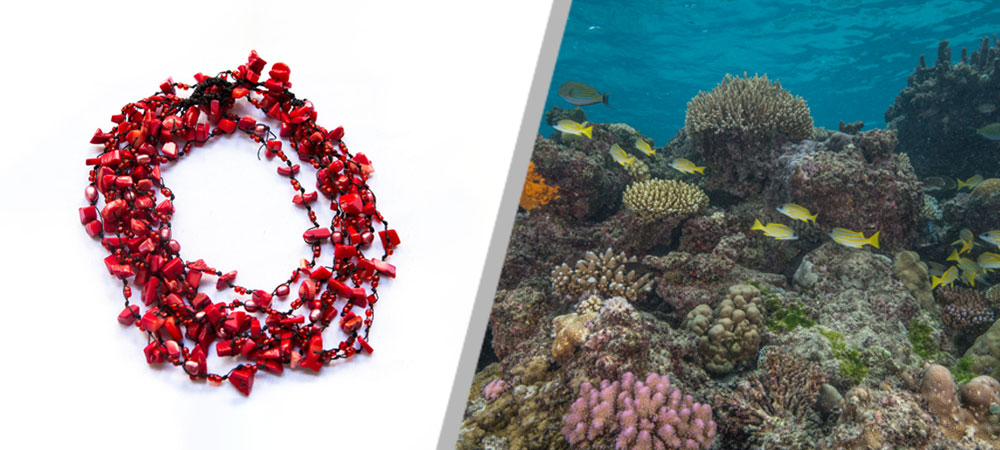
Between 1999 and 2015, 17% of global seizures were of corals.
Corals are home to many marine species, and coral mining is damaging in several ways. It causes loss in fisheries significance, seaside security, and the tourism industry in the area. More than half of the jobs in marine tourism depend on a healthy ocean and corals to continue a successful tourist attraction.
Photo Credit©Tom Vierus
One among these images is an illegal wildlife trade product. Can you spot the one?
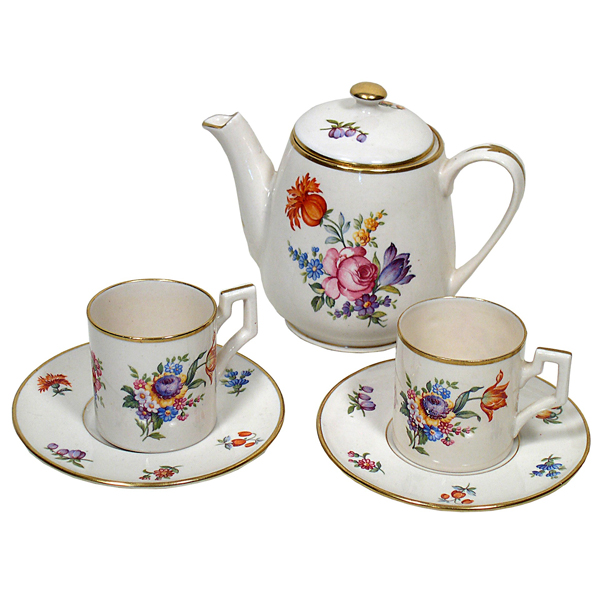


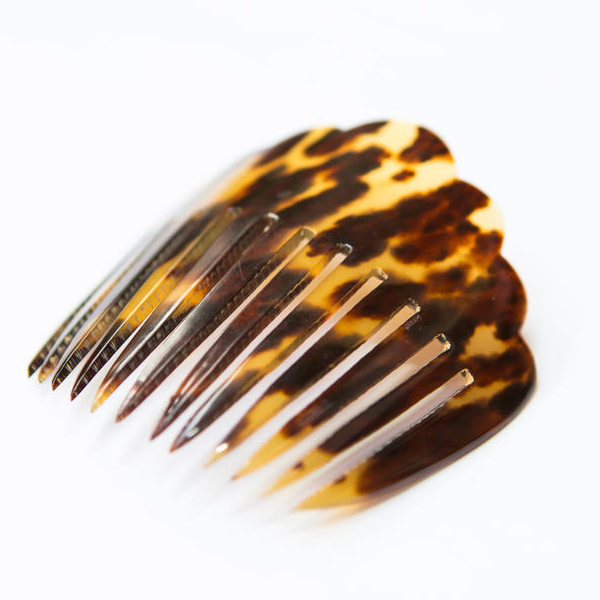
This hair comb is made from tortoise shell!
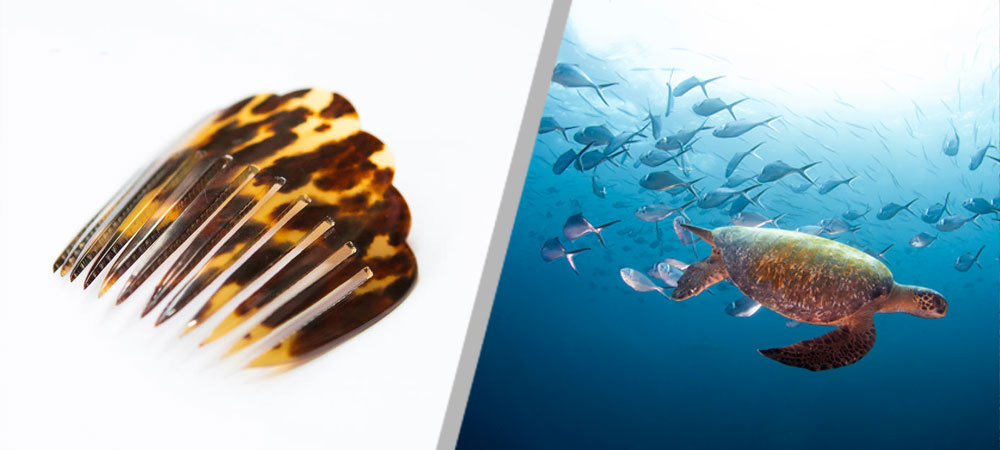
Of all the marine turtles, hawksbill turtles are the most sought after for their shells—they are now listed as critically endangered on the IUCN Red List.
Despite international laws prohibiting the take and trade of hawksbill turtles from 1994, millions of hawksbill turtles are still illegally exploited for the tortoiseshell markets of Europe, the US and Asia in the last century.
Photo Credit © Antonio Busiello
One among these images is an illegal wildlife trade product. Can you spot the one?
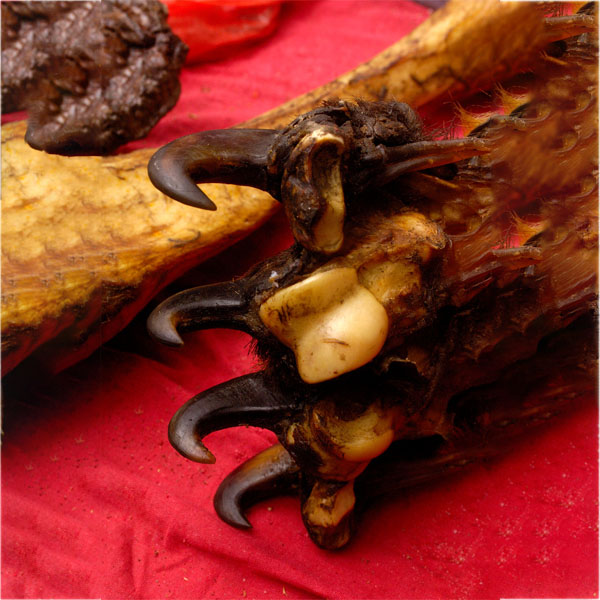

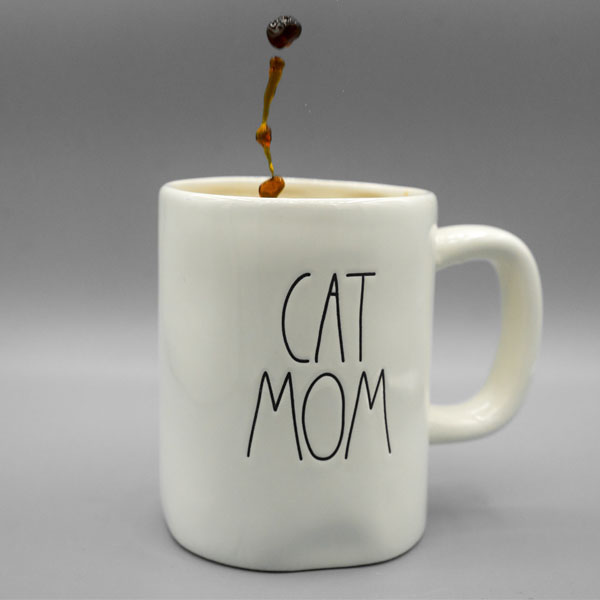

Many tiger parts, such as tiger bone, skins, claws, teeth, and blood, are trafficked!
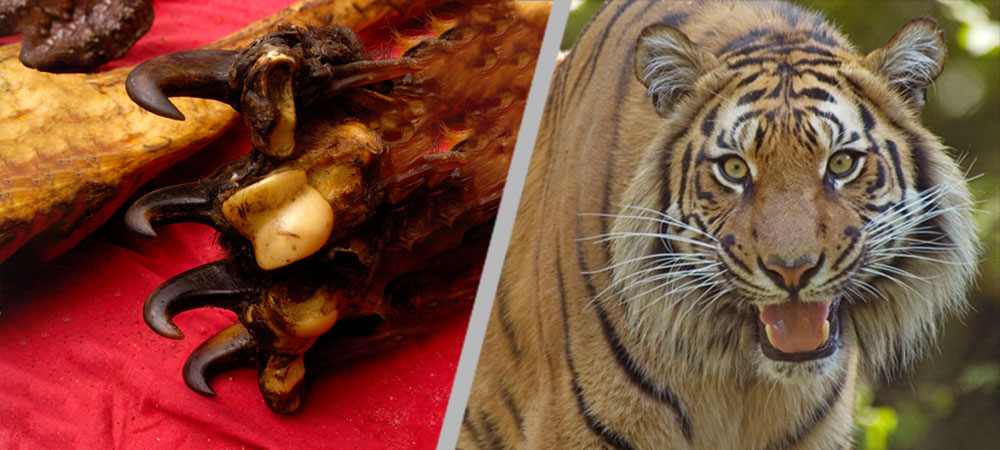
They are often poached for exotic decorations and “medicinal” products that are not scientifically proven. A particular example is the tiger wine. In the process, the tiger skin and muscles are peeled off, and the bones and claws are crushed to make the wine.
Photo Credit © Edwin Giesbers
Bonus question: This animal is among the many species seized in a wildlife trafficking attempt recently. What is the species called?
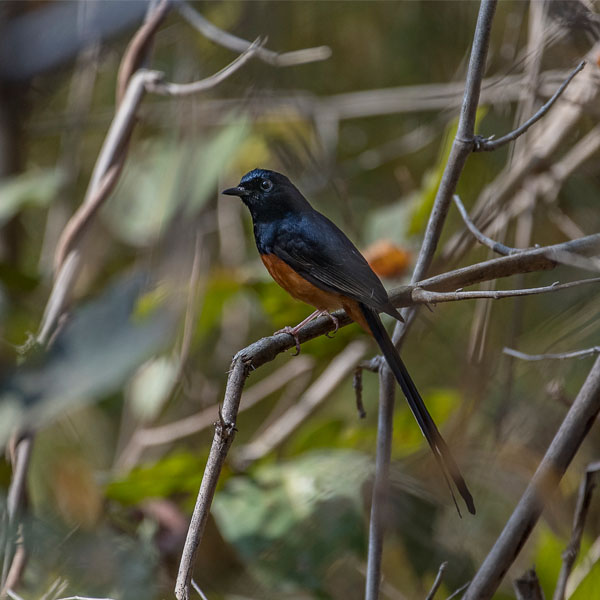
Birds are victims of wildlife trafficking too!
In 2019, Immigration & Checkpoint Authority caught a smuggling attempt at Woodlands checkpoint involving 15 containers of 815 birds hidden in modified compartments of a bus.
Unfortunately, only 600 of the birds survived and are currently being cared for and quarantined at NParks’ facilities.
Photo Credit © Ola Jennersten
We are available to answer your calls 9am - 6pm on weekdays (Monday to Friday).
